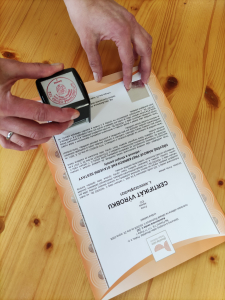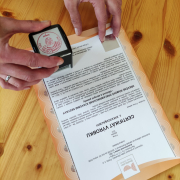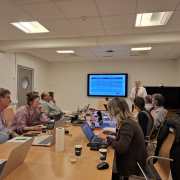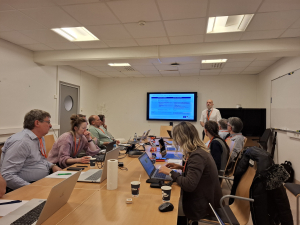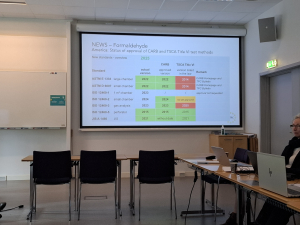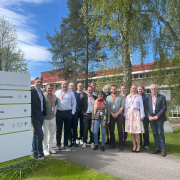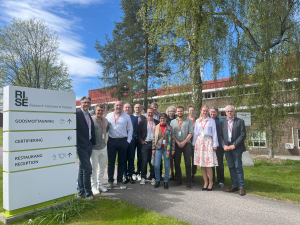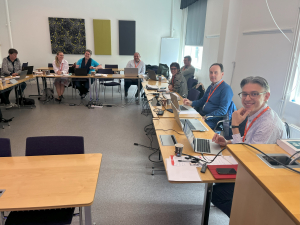The Ministry of Industry and Trade confirmed the Wood Institute as a TAB
In March 2025, a regular mandatory inspection was carried out at the TAB department of the VVÚD (Timber Institute) (Subject for Technical Assessment at the Wood Institute) by the determining authority, which is the Ministry of Industry and Trade.The inspection determines whether the TAB meets all the conditions for designation and performance of activities under Regulation (EU) 305/2011.
The Wood Institute was designated as a TAB in December 2021. The inspection focuses primarily on the expertise of the staff, their experience and ongoing training, as well as on impartiality and independence of both customers and the certification body VVÚD. The documentation is also checked, including the instructions for processing the ETA and the procedure for processing the ETA for a specific order. With this confirmation, the Wood Institute continues to issue ETA (European Technical Assessment) documents for the assessment of construction products in the woodworking industry with sales on the European Union markets.The obligation of the TAB VVÚD is also participation in the creation of technical standards, which is ensured, for example, by membership in technical standardization committees, European technical documents and cooperation with other TABs. In the Czech Republic, especially with the TAB coordination office, which is TZÚS Praha, s.p.No deficiencies were found during the inspection and it was confirmed that TAB VVÚD can provide TAB activities for the area of wood and wood-based construction products for another 2 years.What does TAB certify? Everything you need to have a CE mark for. Check out the overview on this page.